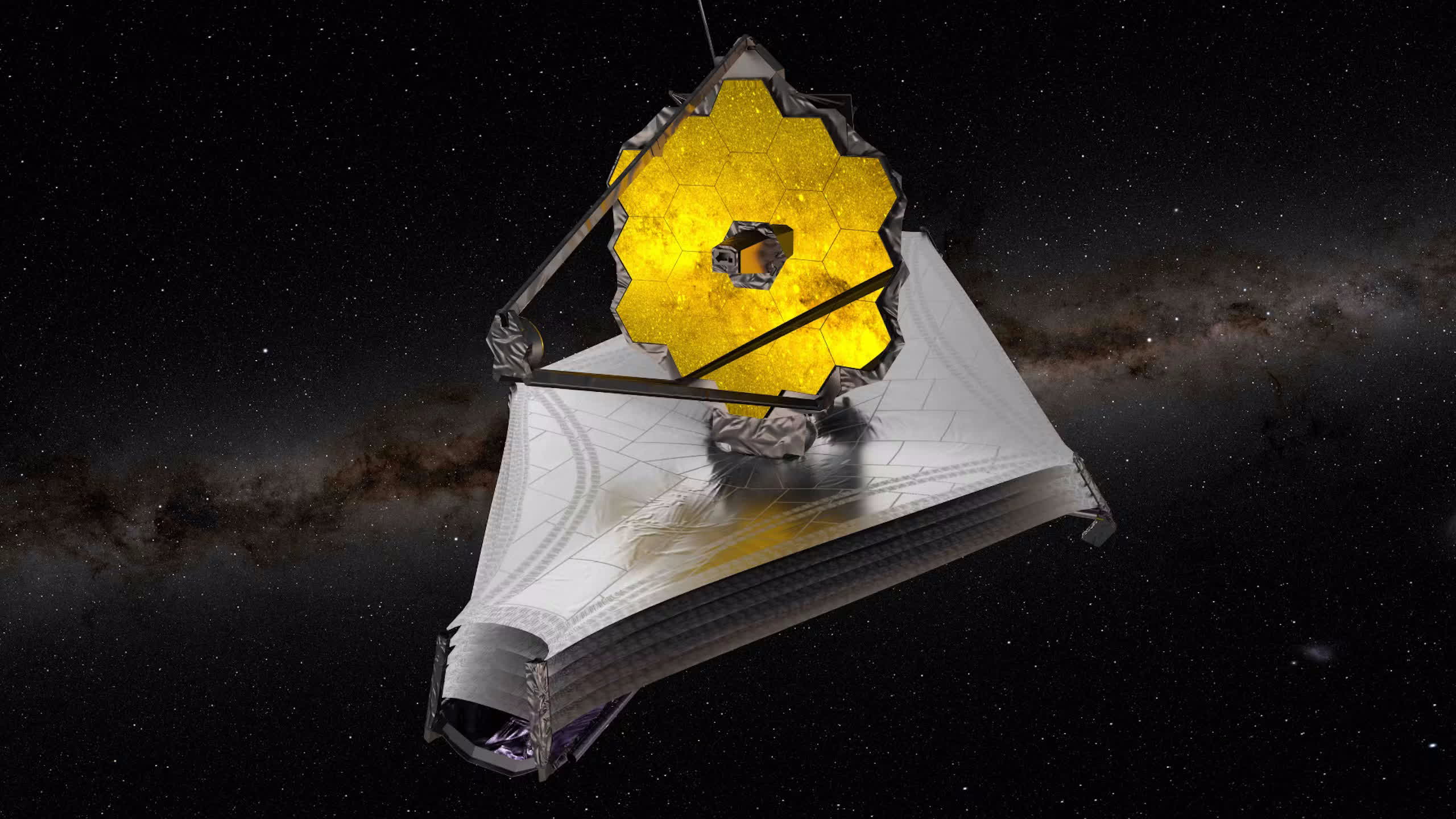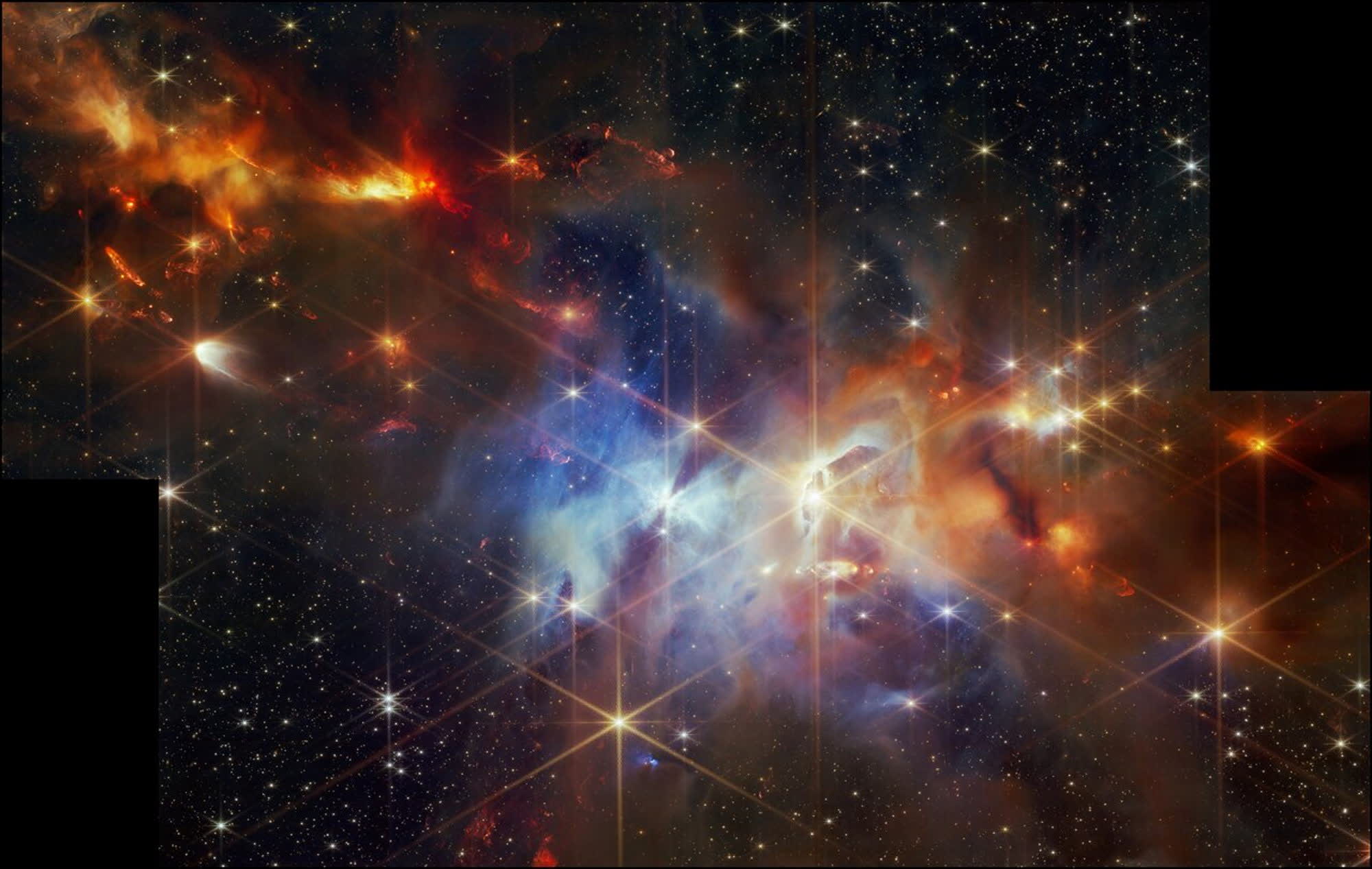Webb of Stars: The James Webb Space Telescope (JWST) reached its assigned destination, the Sun-Earth L2 Lagrange point, around 1.5 million kilometers from Earth, in January 2022. Since then, the new space-based observatory developed by NASA, ESA, and the Canadian Space Agency has provided invaluable images and scientific data about the cosmos.
The James Webb telescope just set another first for astronomy when it detected a group of "protostellar outflows." These ejections are jets of high-speed gas from newborn stars, which scientists have not observed until now. A peculiar trait of these outflows is they all pointed in the same direction, like "sleet pouring down during a storm."
Webb detected the phenomenon within the Serpens Nebula, a vast cosmic gas cloud hosting a "particularly dense" cluster of newly forming protostars. The ESA notes that the discovery was possible thanks to the JWST's spatial resolution and sensitivity at near-infrared wavelengths. The data will provide scientists with new insights about the fundamental laws governing the creation and growth of stars.
At about one to two million years old, the Serpens Nebula is very young in cosmic terms. Its protostars are even younger at around 100,000 years old, with the recently discovered outflows around 200 to 1,400 years old. Scientists could detect at least 20 newborn stars emitting protostellar outflows in the JWST images. The aligned gas jets were coming from a group of 12 stars, as seen in the upper left corner of the image below.
Aligned protostellar outflows are rare and have never been observed, so little is known about them. Scientists theorize that the 12 stars formed around the same time along the same gas filament. A powerful magnetic field is likely steering this filament and could direct the protostellar outflows in the same direction. Astronomers expect this complex, majestic cosmic interaction to dwindle over time as the newborn stars start interacting with other objects around them. The gas jets will likely fade or realign in a few thousand years or so.
These protostellar outflows in the Serpens Nebula are a once-in-a-lifetime, time-limited occurrence, explaining why scientists couldn't detect the transient phenomenon before Webb. The researchers' next step is to make new observations of the Serpens Nebula star nursery with JWST's Near-Infrared Spectrograph (NIRSpec). This instrument allows them to analyze the chemical composition of the region.

